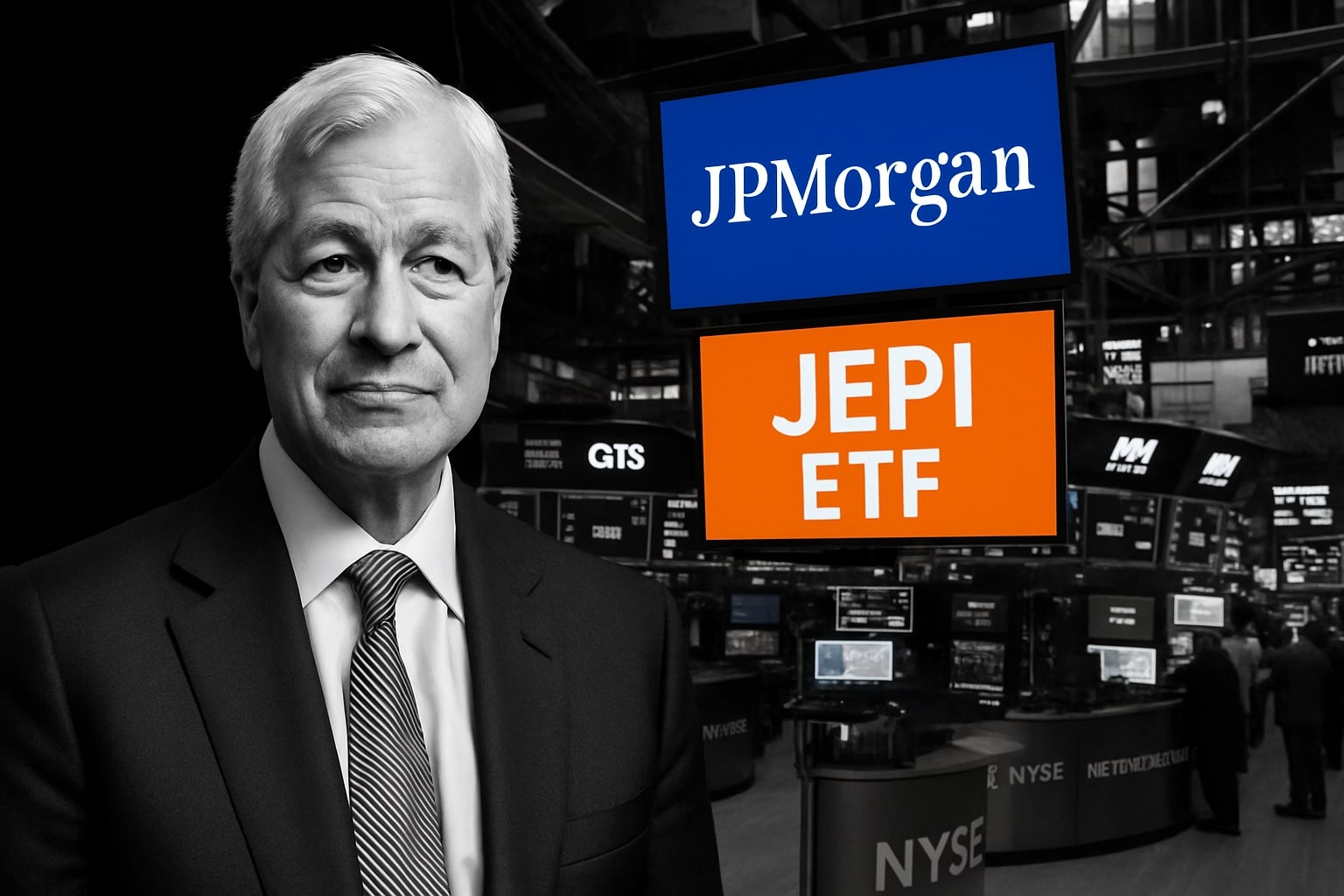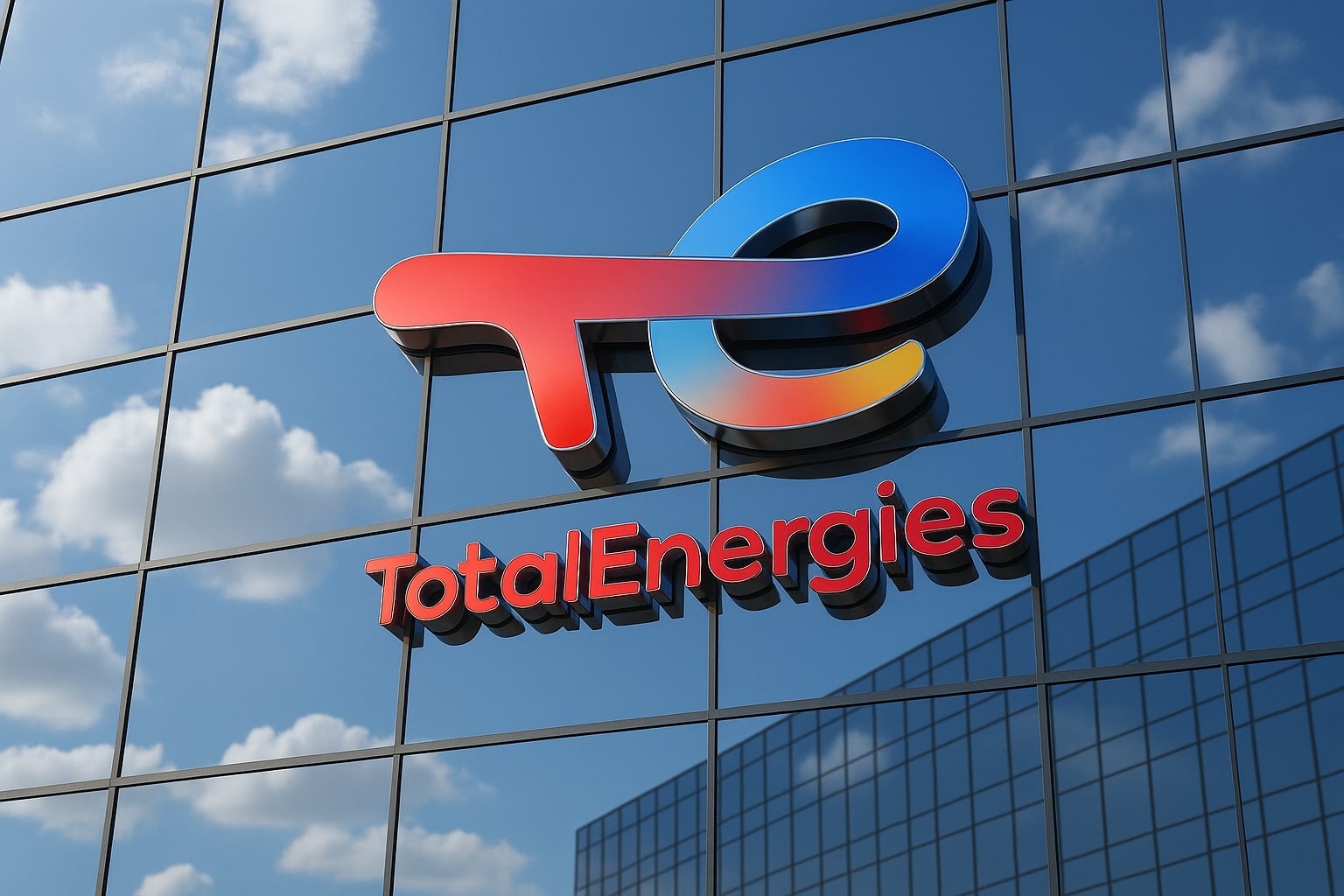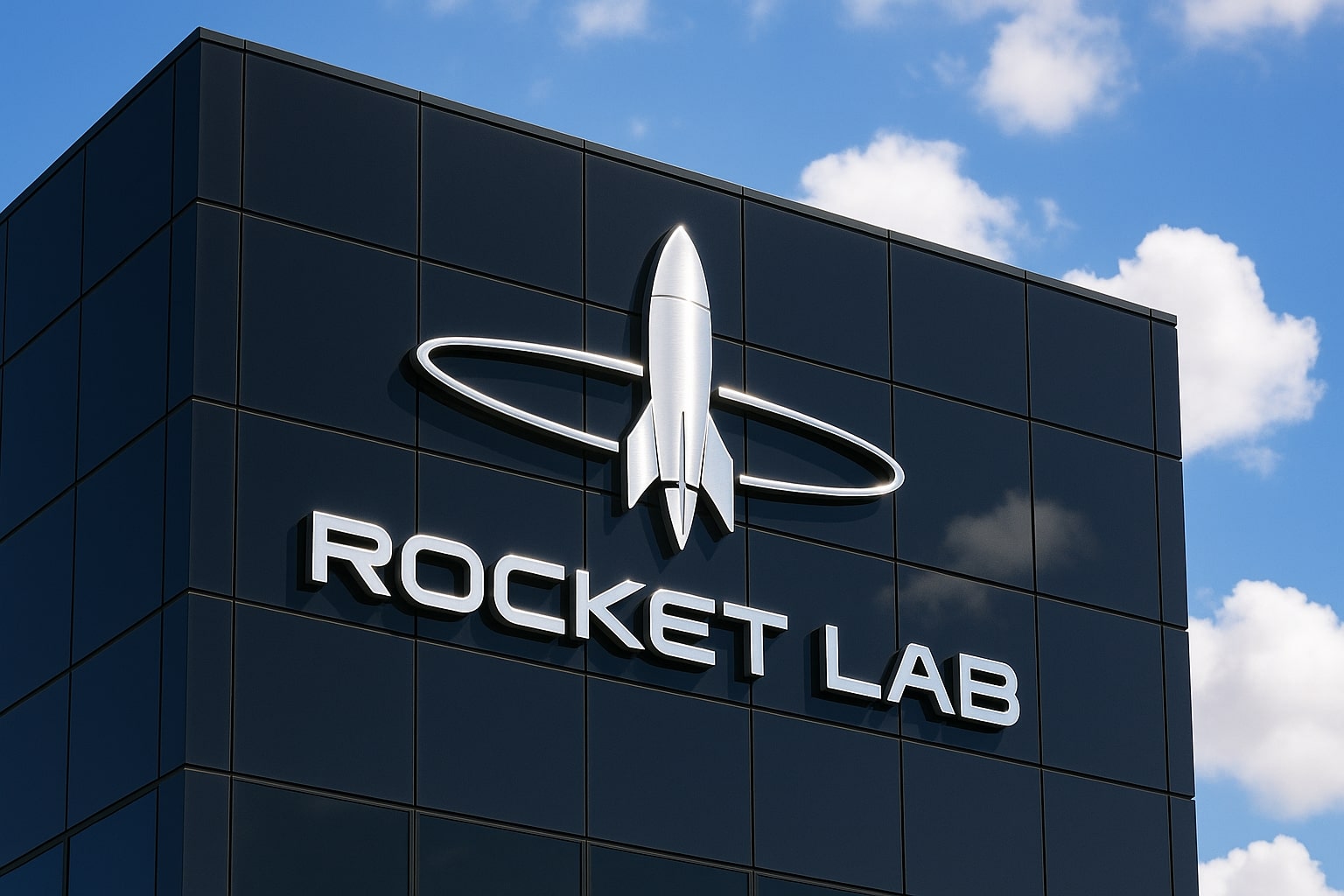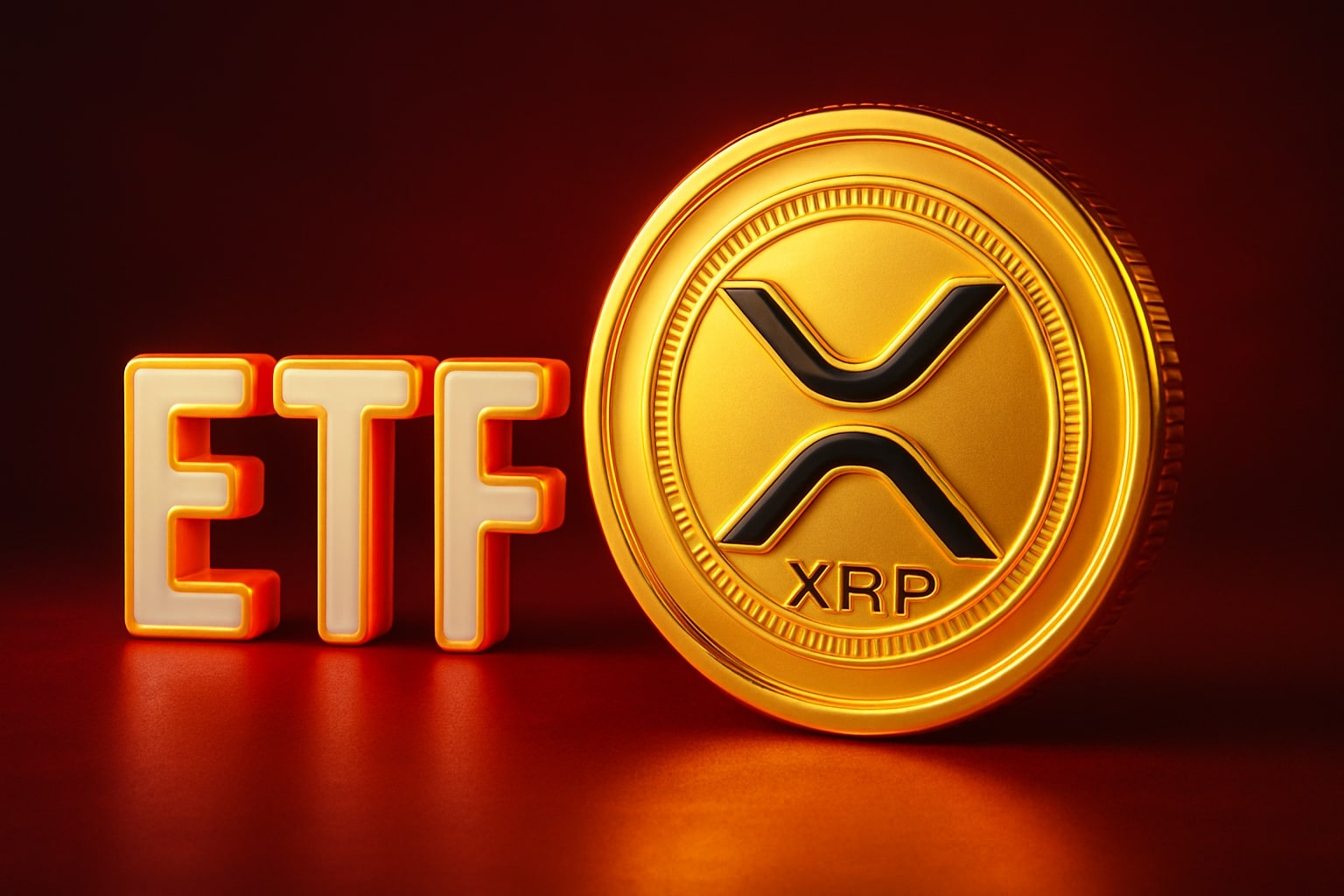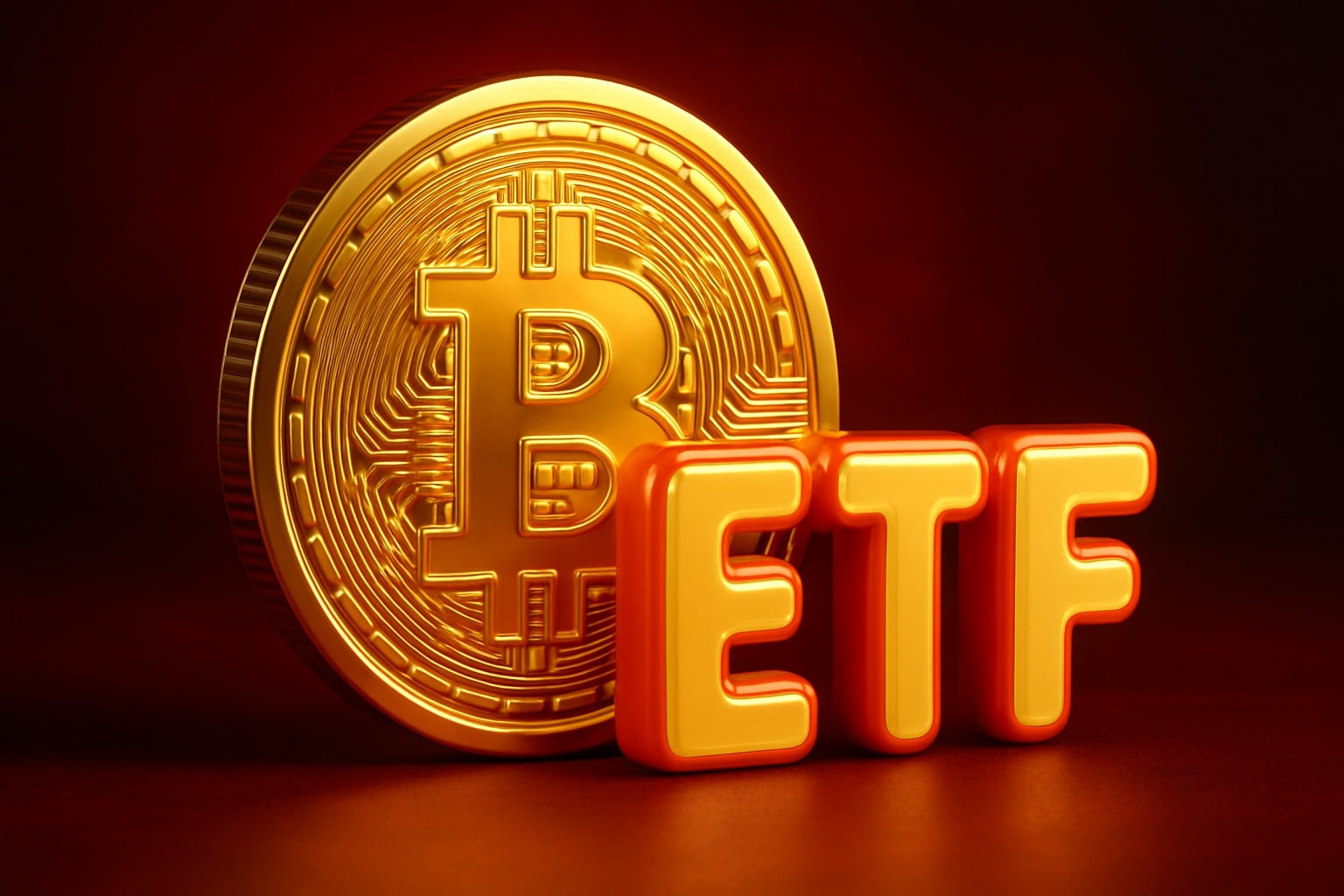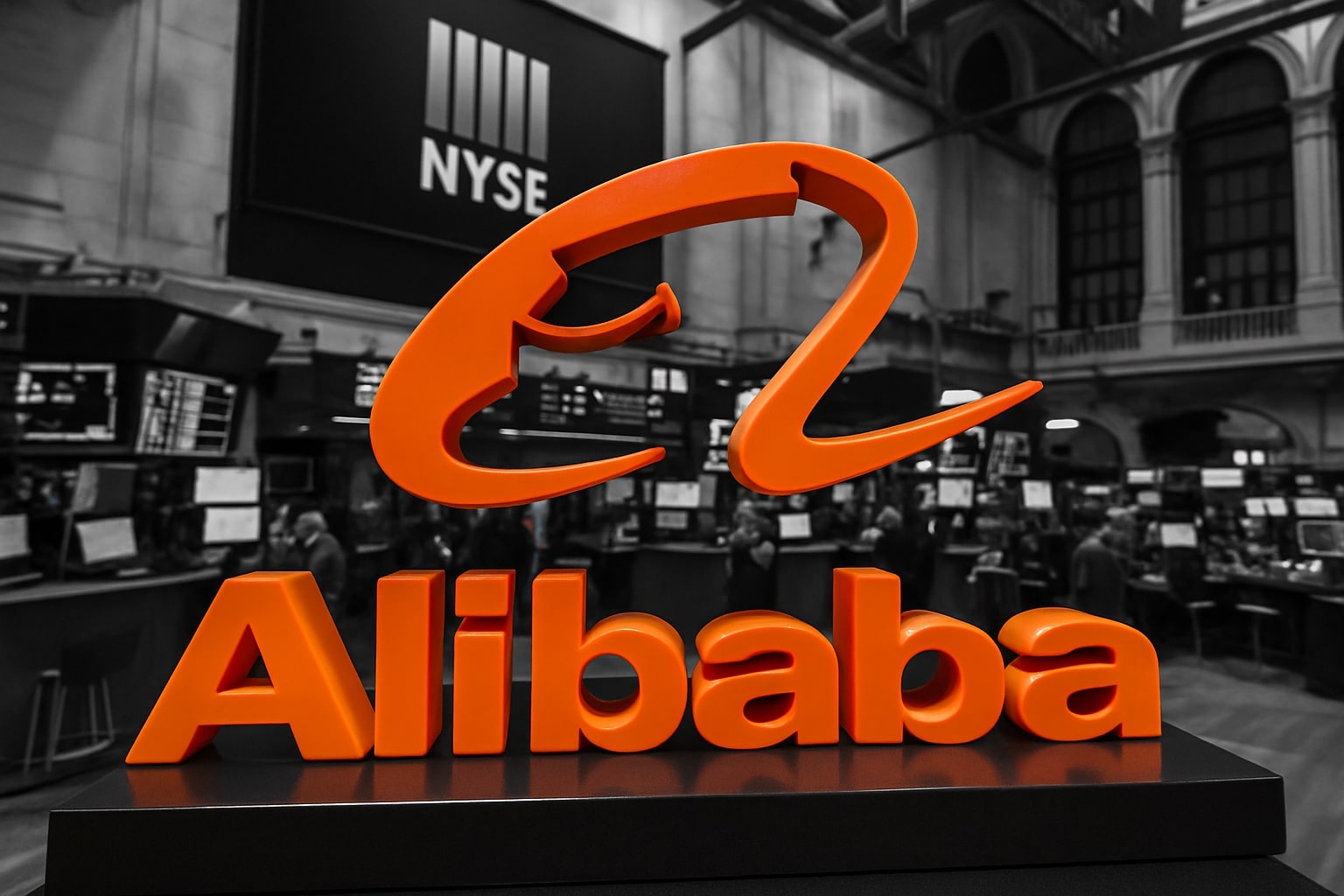
Alibaba Stock Price Forecast - BABA Soars to $167.05 as AI Breakthrough Redefines Profit Margins
Aegaeon’s 82% GPU cut and 97% latency drop signal a turning point for Alibaba Cloud’s efficiency and global expansion, setting the stage for a long-term AI-driven rally | That's TradingNEWS
Alibaba (NYSE:BABA) – AI Efficiency, Global Scale, and Valuation Convergence Fuel a Structural Rebound
NYSE:BABA Reclaims Investor Confidence With a $167.05 Close and Renewed AI Momentum
Alibaba Group Holding Ltd. (NYSE:BABA) ended Friday’s session at $167.05, gaining +1.19% with after-hours momentum lifting shares further to $167.48 (+0.26%). The stock has recovered more than 15% over the past month, reversing prior weakness tied to regulatory overhangs and investor skepticism about China’s tech climate. With a market capitalization of $373.24 billion, forward P/E of 22.72, and dividend yield at 1.20%, Alibaba has re-entered a valuation zone that reflects both resilience and underappreciated innovation. The company’s latest breakthroughs in artificial intelligence infrastructure have shifted its story from a value rebound to a high-efficiency growth narrative.
AI Infrastructure Revolution: Aegaeon Slashes GPU Usage by 82%, Boosts Profitability at Scale
The most defining catalyst behind Alibaba’s current re-rating is its Aegaeon infrastructure system, developed by Alibaba Cloud to overhaul the economics of AI model deployment. In internal trials, GPU usage fell from 1,192 to 213 units, translating to an 82% reduction in resource demand while maintaining consistent throughput. This change means one Nvidia H20 GPU can now power seven concurrent large language models (LLMs)—a milestone unmatched by other cloud players globally. Model-switching latency collapsed by 97%, eliminating costly idle cycles that previously undermined utilization. The significance of these numbers cannot be overstated: by compressing hardware requirements, Alibaba effectively multiplies its computing supply without additional capex, translating directly into margin expansion for the Cloud Intelligence division.
This breakthrough was pressure-tested in Alibaba’s Bailian AI marketplace over three months, managing workloads as large as 72 billion parameters per model. Following these successful stress tests, Aegaeon was fully deployed across the company’s Qwen model ecosystem, forming the backbone of its inference infrastructure. It positions Alibaba as the first hyperscaler to combine token-level autoscaling, concurrent inference scheduling, and GPU pooling within a commercial-scale environment. The long-term implication is profound—Alibaba no longer competes on raw chip volume but on software-level efficiency, insulating itself from U.S. export restrictions while setting a cost benchmark for China’s AI industry.
Strategic Context: Aegaeon Strengthens China’s Self-Reliance and Alibaba’s Competitive Moat
The timing of this innovation aligns perfectly with China’s broader push for AI self-sufficiency. As the U.S. restricts advanced GPU exports, companies like Alibaba are being forced to innovate within constraints. By making existing chips work seven times more efficiently, Alibaba sidesteps the bottleneck that crippled many competitors. This achievement not only reinforces its leadership in cloud computing but also aligns with Beijing’s industrial goals under its “AI infrastructure modernization” strategy.
Moreover, Aegaeon was co-developed with Peking University researchers and presented at SOSP 2025, signaling that Alibaba’s innovation carries both academic validation and industrial scalability. With regulators scrutinizing Nvidia’s H20 GPU for security vulnerabilities, local players such as Huawei and Cambricon are gaining attention. Yet, Alibaba’s solution renders the chip shortage less threatening, as software innovation offsets hardware dependence, allowing continued growth even in restricted environments. This hybrid advantage—software efficiency plus domestic supply chain alignment—cements Alibaba’s position as China’s most strategically critical AI enterprise.
Read More
-
JEPI ETF Edges to $57.11 as Yield Holds Above 8% and Covered-Call Premiums Power Income
11.11.2025 · TradingNEWS ArchiveStocks
-
XRP ETFs Slide — XRPI Down to $14.18 and XRPR to $19.80 as Investors Lock In Gains After Record Run
11.11.2025 · TradingNEWS ArchiveCrypto
-
Natural Gas Price Steadies Near $4.40 as Record U.S. Supply and Weather Volatility Define Market
11.11.2025 · TradingNEWS ArchiveCommodities
-
USD/JPY Price Forecast - Yen Holds Near 154.00 as Yen Slides and Market Awaits Fed-BoJ Policy Shift
11.11.2025 · TradingNEWS ArchiveForex
Financial Engine: Reinvestment Discipline Meets Expanding Cloud Margins
Alibaba’s long-term performance is rooted in disciplined reinvestment. The company currently allocates $17 billion in capex and $8.2 billion in R&D annually, totaling $25.2 billion—about 18% of total revenue—while maintaining a net cash position of $23 billion. Such reinvestment levels are consistent with the company’s decade-long average revenue CAGR of 30%, and these expenditures are now bearing visible returns. The Cloud Intelligence Group, responsible for 13.5% of consolidated sales, is emerging as the new profit engine.
Where previous cycles prioritized market share, the 2025 focus is on operating leverage. By reducing GPU costs and increasing efficiency through Aegaeon, Alibaba transforms capital intensity into a strategic advantage. Margins expand without incremental spending, boosting earnings growth faster than top-line expansion. With forward earnings multiples at 22.72x, this shift has not been priced in fully. Analysts forecast EPS acceleration over 2026–2027 as the AI and cloud businesses cross from investment-heavy to profit-generative phases.
Global Expansion and AI Monetization Strategy
Under CEO Eddie Wu, Alibaba is expanding its AI infrastructure footprint beyond China, with new data centers in Asia, Europe, and the Middle East. This global push diversifies risk and captures demand from multinational enterprises seeking alternatives to U.S.-based hyperscalers. The introduction of the Qwen3-Max model, boasting one trillion parameters, highlights Alibaba’s capacity to compete with OpenAI’s GPT-4 and Google’s Gemini Ultra. These models integrate with Amap, Cainiao Logistics, and Tmall, transforming traditional business lines into AI-augmented ecosystems.
During China’s Golden Week, Amap achieved record-breaking daily active users, cementing its position as China’s leading navigation app amid Google Maps’ absence. Integrating AI assistants, voice safety features, and real-time merchant analytics directly strengthens Alibaba’s advertising revenue and small business monetization. The broader outcome is a platform that continuously feeds user data into AI engines, enhancing accuracy, engagement, and monetization in a self-reinforcing cycle.
Valuation and Market Position: Efficiency as the Catalyst for Rerating
The valuation reset in NYSE:BABA now hinges on earnings quality rather than headline growth. The stock’s $167.05 price reflects only partial recognition of AI’s contribution to margin expansion. With Cloud margins projected to rise 300–400 basis points post-Aegaeon implementation, the company’s consolidated operating margin could expand by 1.2–1.5 percentage points even if revenue growth remains near 5% YoY.
At a market cap of $373 billion, the company trades below historical peer averages relative to both Amazon and Microsoft’s cloud divisions, despite comparable innovation velocity. The price-to-earnings multiple (22.72) remains conservative given Alibaba’s position as the world’s fourth-largest cloud provider and China’s undisputed number one. Institutional rotation back into Chinese large caps, visible in short interest dropping to 1.91%, signals a gradual normalization of sentiment after years of capital flight. If forward EPS projections hold, consensus targets point to a rerating range between $190 and $210, implying a 13–25% upside over the next 12 months.
Geopolitical and Demographic Overhangs Remain but Are Contained by Diversification
The company’s trajectory continues to be shaped by macro forces. The U.S.–China tech rivalry remains a headline risk, and potential delisting fears still linger in Western portfolios. Yet, Alibaba’s internationalization reduces exposure to domestic concentration risk. Its logistics arm, Cainiao, and global retail segments already contribute a rising share of non-China revenue, while the firm’s digital media and cloud service expansion softens demographic headwinds from China’s aging population. According to WHO projections, China will have 400 million citizens over age 60 by 2040, implying lower domestic consumption over time. Alibaba’s strategic pivot toward enterprise AI, global cloud infrastructure, and software-as-a-service models ensures it remains positioned in higher-value, exportable industries less sensitive to demographic decay.
Institutional Sentiment, Insider Trends, and Strategic Buybacks
Market data from sell-side aggregators show Wall Street maintains a Strong Buy (4.59/5) rating, supported by institutional accumulation through 2025. Analysts emphasize that the market continues to undervalue Alibaba’s R&D-to-market conversion rate and the durability of its reinvestment cycle. Monitoring insider positioning remains critical; readers can track corporate ownership activity through Alibaba insider transactions and full company metrics on BABA stock profile. Historical patterns show that insider purchases have typically coincided with phases of structural transformation—such as the shift to cloud in 2018 and now AI scaling in 2025—often preceding multi-quarter rallies.
Technical Structure and Market Behavior
From a technical perspective, BABA has established firm support at $165, forming a base above its 50-day moving average. Resistance lies near $170, with momentum-driven breakouts likely to target $175–$180. Relative strength indicators hover around neutral at RSI 52, suggesting that accumulation is occurring rather than overbought speculation. The short-term trading range between $161.30 and $168.72 underscores a healthy consolidation following recent gains. Options data reveal growing open interest in the $180 strike calls, reflecting institutional expectations of a sustained breakout fueled by upcoming earnings guidance revisions and AI revenue disclosures.
Strategic Perspective: AI Margin Leverage Replaces Regulatory Fear
The market narrative around NYSE:BABA has transitioned from regulatory anxiety to technological leadership. Alibaba’s cost compression through Aegaeon directly addresses investor concerns about capital intensity and dependency on foreign GPUs. At the same time, its R&D reinvestment of 18% of revenue, robust balance sheet, and ecosystem data advantage place it among the few non-U.S. companies capable of building a vertically integrated AI platform spanning software, infrastructure, and application layers. This transformation mirrors what Amazon achieved between 2014–2018 with AWS, but in a compressed timeline, accelerated by necessity and supported by state-aligned infrastructure policies.
Verdict: NYSE:BABA Is a Buy — Efficiency, Expansion, and AI Dominance Anchor a Long-Term Repricing
After absorbing regulatory headwinds, geopolitical uncertainty, and investor fatigue, Alibaba (NYSE:BABA) is entering a phase where efficiency replaces hype as the key growth driver. Trading at $167.05, the stock represents one of the few large-cap opportunities combining undervaluation, technological leadership, and structural cost advantage. The successful Aegaeon deployment—cutting GPU usage by 82% and latency by 97%—translates directly into higher margins, lower dependency on U.S. chips, and sustained AI capacity growth without additional spending. With forward P/E at 22.72, EPS acceleration into 2026, and institutional rotation back into Chinese tech, the case for accumulation remains strong.
Verdict: BUY — Alibaba’s innovation-led leverage, global cloud expansion, and AI profitability inflection justify a sustained rerating toward $190–$210 in the next 12 months.














